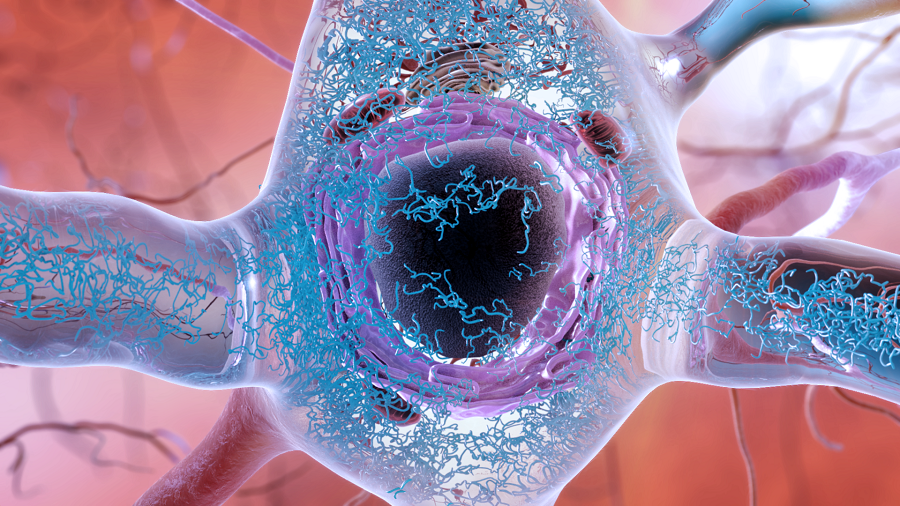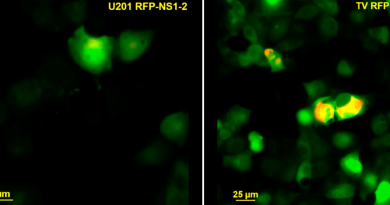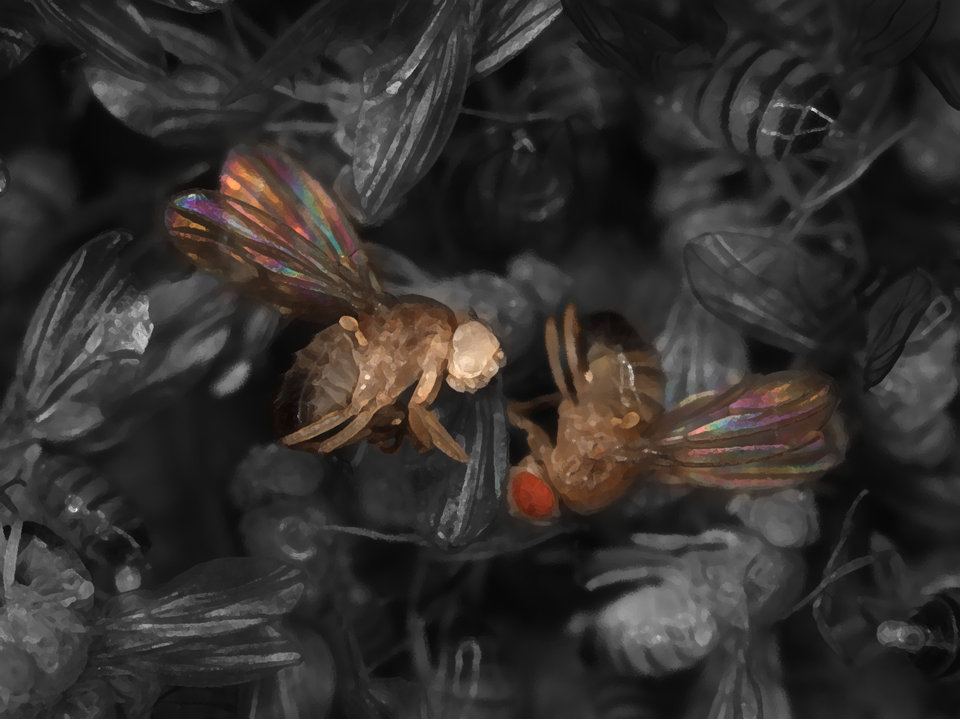How tau becomes a ‘bad guy’ that contributes to Alzheimer’s disease

Many studies have shown that the accumulation of the protein tau in neurons and glial cells in the brain is a main characteristic of Alzheimer’s disease and at least 24 more neurological diseases. How normal tau transforms into a tau that accumulates in the brain and contributes to the development of neurological conditions has been of the interest of the lab of Dr. Huda Zoghbi for years. Zoghbi is a Distinguished Service Professor at Baylor College of Medicine, director of the Jan and Dan Duncan Neurological Research Institute (Duncan NRI) at Texas Children’s Hospital and a Howard Hughes Medical Institute (HHMI) investigator.

“Previous studies showed that tau is chemically modified in disease, predominantly by the addition of extra phosphate to the Tyrosine groups in the protein, and that these changes play a crucial role in regulating tau accumulation,” said first author Dr. Ji-Yoen Kim, assistant professor of molecular and human genetics in the Zoghbi lab. “In this study, published in Nature Neuroscience, we investigated how ‘good tau’ became a ‘bad guy’ that contributes to Alzheimer’s disease.”
TYK2 changes tau
The Zoghbi lab had earlier identified TYK2 – an enzyme that adds phosphate to Tyrosine groups – as a potential regulator of tau levels and that knocking down the TYK2 gene reduced tau levels in human cells. In the current study, the team dug deeper into how TYK2 transforms tau into a protein that aggregates and propagates to neighboring cells and accumulates in tangles inside cells, influencing the development of tau-driven neurodegeneration.
Working with human cells and animal models of tau-driven dementia, the researchers are the first to show that TYK2’s modifications to tau contribute to tau-mediated disease. “We found that TYK2 adds phosphate groups to tau at a particular location on the protein identified as Tyrosine 29,” Kim said.
This modification stabilizes tau levels in human cells and mouse neurons by making it resistant to autophagy, a cellular process important for clearing proteins,” Kim said. “Impervious to clearance, modified tau accumulates in the brain.”
The finding that TYK2 enhances the aggregation of tau suggested that manipulating TYK2 might help regulate tau aggregation and its consequences. The team tested the effect of partially reducing TYK2 in two mouse models and found that this was sufficient to reduce tau levels and mitigate its accumulation. “Although much work is needed, our findings suggest that partial inhibition of TYK2 could thus be a strategy to reduce tau accumulation and toxicity,” Kim said.

“To this end, we are encouraged by the fact that others have developed TYK2 inhibitors that have been tested in humans for other indications,” said Zoghbi. “Studies are needed to see if these inhibitors indeed get into the brain and lower tau levels to explore their potential effects in Alzheimer’s disease and tau-induced dementias.”
Bakhos Tadros, Yan Hong Liang, Youngdoo Kim, Cristian Lasagna-Reeves, Jun Young Sonn, Dah-eun Chloe Chung, Bradley Hyman and David M. Holtzman also contributed to this work. The authors are affiliated with one or more of the following institutions: Baylor College of Medicine, Jan and Dan Duncan Neurological Research Institute at Texas Children’s Hospital, Indiana University School of Medicine, Harvard Medical School and Massachusetts General Hospital, Washington University in St. Louis and Howard Hughes Medical Institute.
This work was funded by JPB Foundation, HHMI, Eunice Kennedy Shriver National Institute of Child Health and Human Development NIH grant P50HD103555 and NIH/NINDS grant R01NS119280.
Follow From the Labs on X @BCMFromtheLabs and Instagram!



